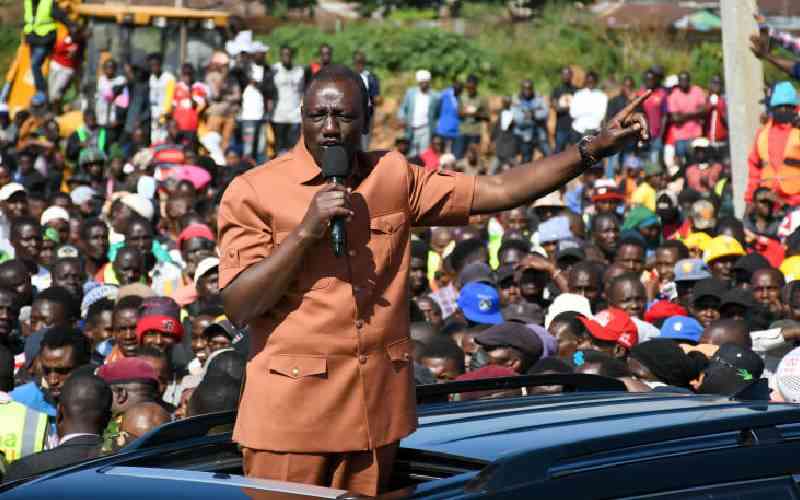
President William Ruto won the hearts of many Kenyans by firing his Cabinet and accepting the resignation of the police chief. He may, however, soon find himself confronted with two new, must-win battles that could determine the trajectory of his tenure in office.
Ruto's ability to balance the youth's demands with his political survival strategy without raising the country's tribal temperature and his acumen to prevent his administration from launching into a doom loop that could consume the remaining three years of his first term, will be watched closely.